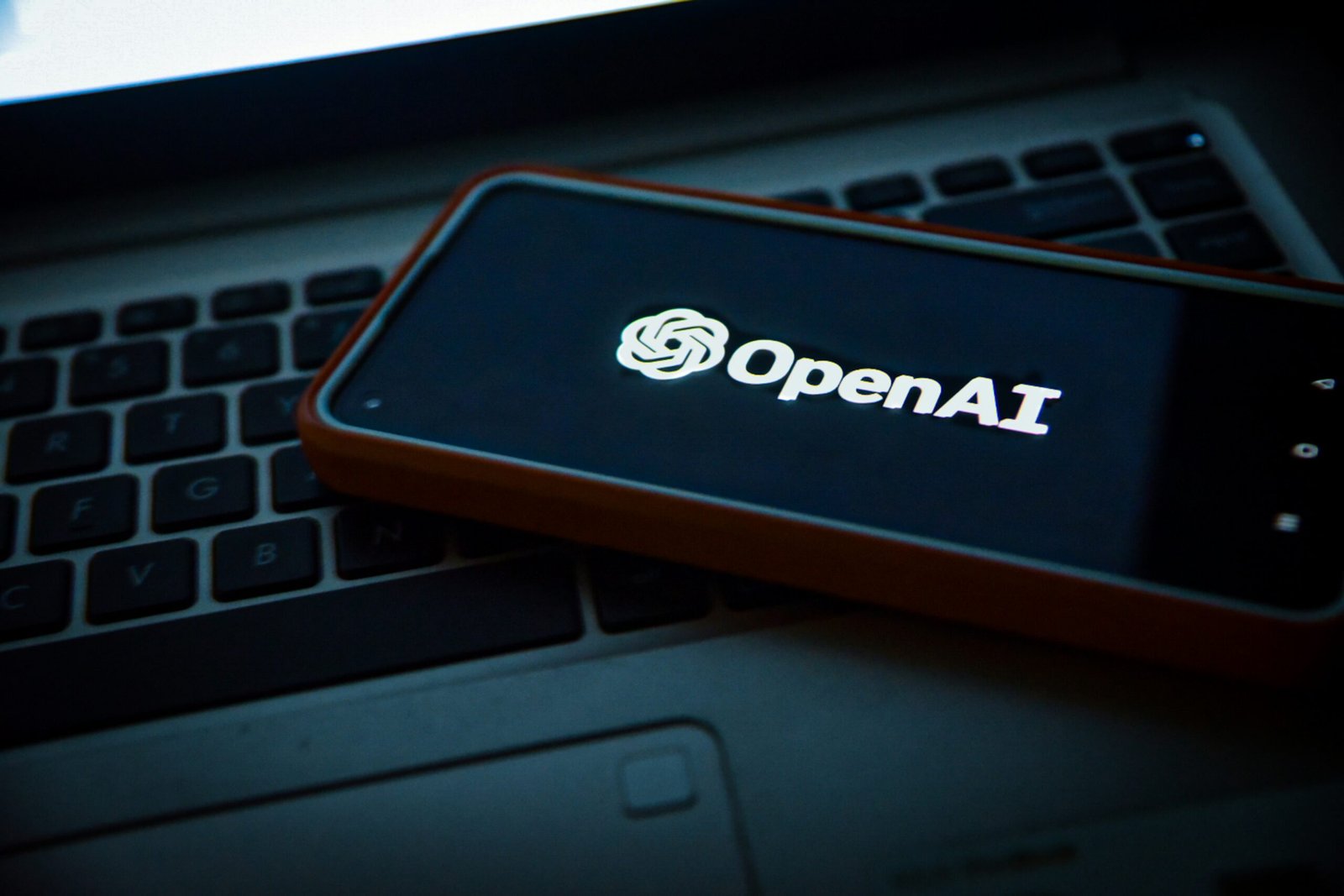The GPT-5 Mystery: What’s Really Happening Behind Closed Doors at OpenAI?
A fascinating theory is making waves in the AI community: OpenAI might have already created GPT-5, but they’re keeping it under wraps. And the reason why could change everything we thought we knew about how AI companies operate.
The story begins not with OpenAI, but with their competitor Anthropic and a mysterious disappearance. Back in October 2024, everyone expected Anthropic to announce Claude 3.5 Opus as their answer to GPT-4. Instead, they released an updated version of Claude 3.5 Sonnet, leaving many wondering: what happened to Opus?
The Opus Mystery Solved
According to semiconductor expert Dylan Patel and his team, Anthropic did successfully create Claude 3.5 Opus. The model performed well, but instead of releasing it to the public, they used it for something else entirely: generating synthetic data and improving their smaller model, Claude 3.5 Sonnet.
This practice is called “model distillation” – using a powerful, expensive model to enhance the performance of a smaller, more practical one. Think of it like a master teacher passing knowledge to a student, but in this case, the student becomes nearly as capable while remaining much more efficient to run.
The GPT-5 Connection
This is where things get interesting. If Anthropic chose this path with Opus, could OpenAI be doing the same thing with GPT-5? Recent reports suggest that both companies (along with Google) have been struggling with the same challenge: their newest models perform better but are too expensive to run at scale.
The theory suggests that OpenAI has indeed created GPT-5, but like Anthropic with Opus, they’re using it internally rather than releasing it to the public. This would explain several things:
- How they’re able to rapidly improve their smaller models
- Why they’re so confident about their progress toward artificial general intelligence (AGI)
- The mysterious improvements in models like GPT-4 Turbo and the “O” series
Why Keep It Secret?
The reasoning is surprisingly practical. When you’re serving AI to hundreds of millions of users, the operational costs can be staggering. A model like GPT-5 might cost around $3,000 per million tokens to run – making it commercially unfeasible to release to the public.
But more intriguingly, OpenAI might not need public release anymore. In the early days, they needed user interactions to improve their models. Now, with powerful internal models generating synthetic data, they might have found a better way to advance their technology.
What This Means for the Future
If this theory is correct, we might be witnessing a significant shift in how AI development works. Instead of getting access to each new breakthrough directly, we’ll receive carefully distilled versions that balance capability with practicality. The most advanced AI systems might operate behind the scenes, helping to create better public-facing models while remaining hidden from view.
Recent cryptic tweets from OpenAI insiders and the company’s shift in focus from AGI to artificial super intelligence (ASI) seem to support this theory. While we may never know for sure what’s happening inside OpenAI’s data centers, one thing is clear: the landscape of AI development is changing dramatically, and the path forward might look very different from what we expected.
As we move into 2025, with hints of a merger between the GPT and “O” series, we might be witnessing just the beginning of a new era in artificial intelligence – one where the most powerful systems work quietly in the background, shaping the future in ways we’re only beginning to understand.

Stay Up-to-Date with the Latest Technologies
Simply enter your email address and click “Subscribe” to stay informed about the latest technologies and discoveries.





